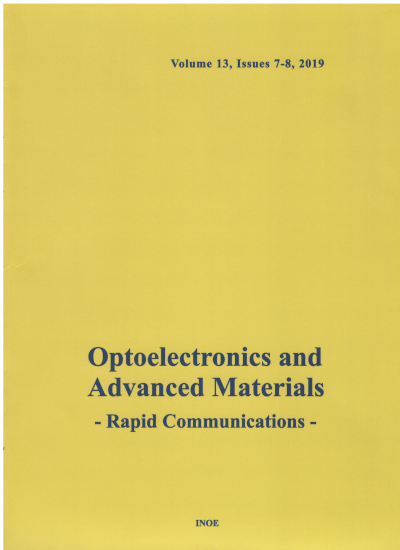Abstract
The effect of temperature on the lyoluminescence (LL) of divalent impurity doped potassium chloride has been reported. When gamma irradiated doped potassium chloride are dissolved in heated water, the LL intensity initially increases with time, attains a maximum value, then it decreases and finally disappears. The peak Im of LL intensity versus time curve initially increases with temperature attains an optimum value at a particular temperature and then it decreases with further increase in temperature. However, the total intensity IT and time tm corresponding to the peak of LL intensity versus time curves decrease with increasing temperature of the solution. The peak intensity Im is optimum at a particular temperature because of the competition between increase in rate of dissolution of KCl with temperature and decrease in efficiency η and density of F-centres with temperature. The value of time tm decreases with increasing temperature of the solution because of the increasing rate constant for the recombination of hydrated electrons with holes. The efficiency η and nF decrease with temperature and therefore, the total intensity IT decreases with increasing temperature of the solvent. The decay time τ depends inversely on the rate of dissolution α of solute in the solvent. Since α increase with increasing temperature of the solution, τ decreases with increasing temperature of the solution. A plausible explanation for the experimental results is given..
Keywords
Lyoluminescence, Doped KCl, Color centers, Decay time.
Citation
V. SAHU, N. BRAHME, D. P. BISEN, R. SHARMA, Effect of temperature on lyoluminescence of divalent impurity doped potassium chloride, Optoelectronics and Advanced Materials - Rapid Communications, 4, 3, March 2010, pp.305-308 (2010).
Submitted at: March 7, 2010
Accepted at: March 12, 2010
